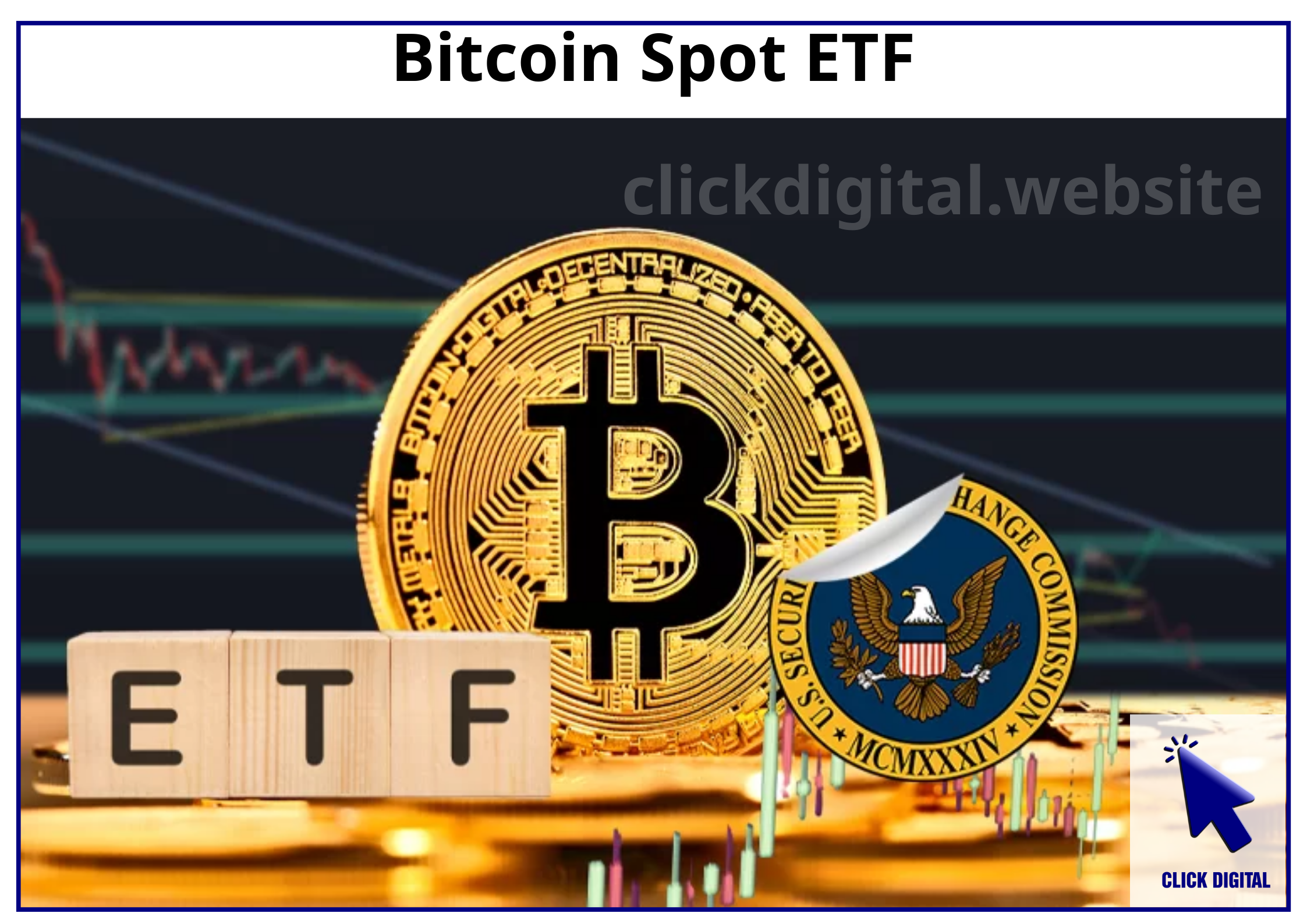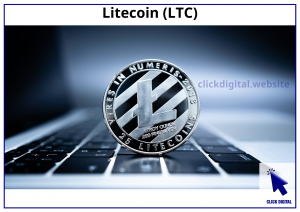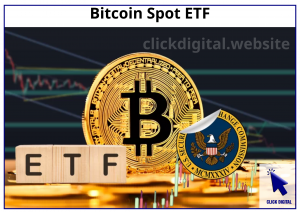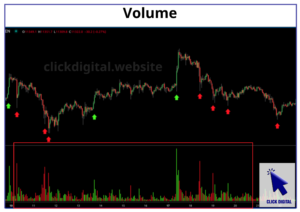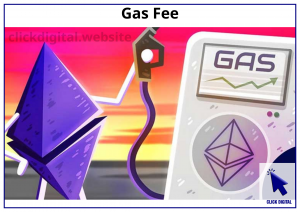Key Takeaways:
- Only 44% of Bitcoin ETF inflows represent genuine long-term investment.
- The Bitcoin ETF trading volumes are significantly influenced by both Arbitrage and carry trade strategies.
- A spike in funding rates can lead to a decrease in hedge fund positioning in the ETF.
Since the launch of spot Bitcoin ETFs in January 2024, they have been widely discussed, attracting billions of dollars in investment. But a closer look shows not all that money is coming in for the long haul. Much of this is being driven by more sophisticated merchant trading strategies, raising the question of whether there is truly demand for Bitcoin as a long-term asset.
Table of Contents
The Bitcoin ETF: Beyond the Headlines
The picture painted around spot Bitcoin ETFs has been one of universal institutional adoption, leading to a massive increase in demand and a coinciding price rise for Bitcoin. But that picture might be incomplete, according to research by 10x Research, under Markus Thielen.
U.S. spot Bitcoin ETFs have taken in close to $39 billion in net inflows since their launch. However, he estimates that just $17.5 billion, or around 44%, represents true long-only buying. The remaining 56%? It’s probably linked to arbitrage strategies, 10x Research said. This isn’t simply a small detail; it alters how we ought to understand the influence of these ETFs.
Understanding the Arbitrage Game
What are these arbitrage strategies exactly? These can be largely considered as part of the “carry trade,” wherein traders take spot Bitcoin by buying through the ETFs and shorting Bitcoin futures at the same time. The goal is to make money off the “basis”, the difference between the spot price and the futures.
According to Markus Thielen, Head of Research at 10x Research, there is a need for a more comprehensive grasp of the dynamics in play in Bitcoin ETF investments.
Markus Thielen, Head of Research at 10x Research
Let’s take a simple example to illustrate this. Do the math — if spot Bitcoin is trading at $65,000 and Bitcoin futures for expiration in one month are trading at $65,500. Example: A trader can go long Bitcoin through a spot ETF at $65000 and open a short Bitcoin futures position at $65500. When the futures contract matures, they take home the $500 difference, less whatever transaction costs. Due to the nature of this trade profiting from the relative pricing between two similar assets, it has very limited directional risk.
The Consequences for Market Demand
Overall, this focus on arbitrage indicates that the actual demand for Bitcoin as a long term store of value in multi asset portfolios is vastly lower than the headlines would have you believe. This is a crucial point. It can be easy to fall into the trap of extrapolating from ETF inflows and take it as a harbinger of a structural change in institutional sentiment towards Bitcoin. But the arbitrage activity tells a more complicated story.
“Rather than reflecting broad-based institutional adoption, the buying and selling of Bitcoin ETFs is primarily driven by funding rates (basis rate opportunities), with many investors focusing on short-term arbitrage rather than long-term capital appreciation,” Thielen continued. It does not, strictly speaking, require belief in Bitcoin’s value in the long term — it is short-term arbitrage based on static price discrepancies. This raises questions of whether this inflow is sustainable.
Who Are the Big Players?
Thielen went on to explain that hedge funds and trading firms are often the largest holders of BlackRock’s IBIT ETF, for example. These are not average retail investors. These firms “specialize in exploiting market inefficiencies and capturing yield spreads,” not taking directional risk on Bitcoin outright. There is nothing inherently wrong with this, but their primary goal is to generate profits through these strategies rather than holding Bitcoin as a long-term asset. The presence of these institutions points to high levels of arbitrage activity.
The Funding Rate Factor
These arbitrage strategies are profitable based on funding rates and basis spreads. When these rates are sufficiently elevated, the carry trade is profitable. However, this starts to change when the funding rates and base spreads compress to levels that no longer warrant establishing new arbitrage positions.
Hedge funds and trading firms — operating on narrow profit margins — will inevitably respond to the changed environment.
When arbitrage opportunities dry up, these firms cease adding inflows to Bitcoin ETFs, and actually unwind existing ones that no longer offer the same lucrative arbitrage opportunities that were prevalent months ago, as Thielen notes. This is where the risk of precariousness in the market comes into play.
The Outflow Effect
This liquidation of positions can take the form of multiple consecutive days of outflows from Bitcoin ETFs. There were four days of outflows in the week, amounting to $552 million leaving the products, according to Farside Investors. All of this was happening while the price of spot Bitcoin remained within a fairly tight range, signalling that the market impact of such outflows was muted.
Spot Bitcoin ETF flows in February. Source: Farside Investors
But the unwinding process, which marks the initiation of a corrective phase, is, in fact, market-neutral, argues Thielen. This is due to the fact that it means selling ETFs and buying Bitcoin futures, which cancels directional market impact. The objective is to offset both portions of the arbitration trade with little effect on the market price of the underlying Bitcoin.
More News: ETF Flows: Bitcoin and Ethereum Experience Major Sell-Off on February 20
Historical Parallels: Raoul Pal’s Observations
Interestingly, Real Vision CEO Raoul Pal had shared similar thoughts in mid 2024. He estimated that about two-thirds of net inflows into spot Bitcoin ETFs could be attributed to this arbitrage trading. It goes to show that this isn’t a new phenomenon either. Experts knew arbitrage was important in influencing ETF flows for years.
Is the Tide Turning?
While arbitrage remains king, there are early signs that true long-only buying is starting to flow back into the market. Thielen says that real buying flows “have certainly picked up” since the recent US presidential election.
The implication is a possible change of heart. Although arbitrage is still a big driver, it appears that more institutional-style investors who are bullish on Bitcoin for the long-term are playing a role as well. Bitcoin’s price is influenced by external political events and macroeconomic conditions.
This doesn’t mean we should celebrate organic demand prematurely, though.
“While genuine long-only Bitcoin buying has increased since [recent] election, funding rates have collapsed as retail trading volumes have declined.” This dynamic between longer-duration purchases and shorter-term arbitrage will play out in the bitcoin ETF ecosystem.
The reduced funding rates mean the arbitrage strategy is less attractive, and so trading firms have been unwinding their positions over the past week. This highlights the dynamic relationship between ETF inflows/outflows and broader market conditions.
As a result, the Bitcoin ETF market is a complex ecosystem of institutional investment intertwined with profit- and liquidity-providing trading strategies. The market sentiment has changed according to the data, but investors should remain cautious.

